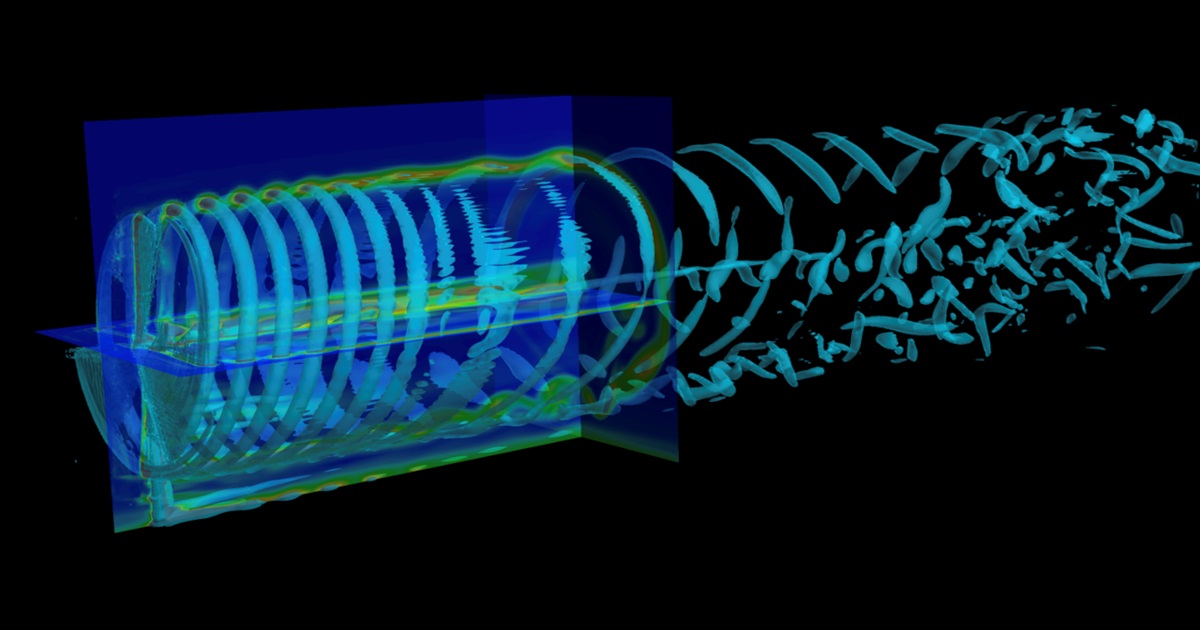Frontiers in Offshore Wind Energy
A special issue of Journal of Marine Science and Engineering (ISSN 2077-1312). This special issue belongs to the section "Marine Energy".
Deadline for manuscript submissions: closed (25 January 2023) | Viewed by 12026

Special Issue Editors
Interests: offshore wind energy; offshore wind farm; floating offshore wind turbine
Interests: marine renewable energy; offshore structure
Special Issue Information
Dear Colleagues,
With the fast development of offshore wind around the world, several major trends of offshore wind energy are emerging in recent years. High rated powers are designed for offshore wind turbines of large rotor size where the locations of offshore wind farms gradually move from the nearshore region with limited water depth toward the area of deep waters. The growth of power clearly emphasizes the impact of wake interaction between upstream and downstream wind turbines. The increase of water depth implies that the wind turbines will be installed on floating platforms instead of fixed-bottom structures due to cost reasons. As the offshore wind turbines are world widely installed, the confronted metocean and geotech conditions greatly vary, such as the challenges of typhoons and earthquakes may play a substantial role in the design of offshore wind turbines. The corresponding construction and transportation, as well as maintenance and operation of offshore wind farms, are also of great concern for the developers who target offshore wind farms. The design and control of wind turbines also require new innovations to accommodate a constant motion response to wind and waves as well as a smooth and safe operation. All related researches arising in the offshore wind sector are welcome to contribute to this special issue.
Prof. Dr. Shiu-Wu Chau
Dr. Shun-Han Yang
Dr. Tsung-Yueh Lin
Guest Editors
Manuscript Submission Information
Manuscripts should be submitted online at www.mdpi.com by registering and logging in to this website. Once you are registered, click here to go to the submission form. Manuscripts can be submitted until the deadline. All submissions that pass pre-check are peer-reviewed. Accepted papers will be published continuously in the journal (as soon as accepted) and will be listed together on the special issue website. Research articles, review articles as well as short communications are invited. For planned papers, a title and short abstract (about 250 words) can be sent to the Editorial Office for assessment.
Submitted manuscripts should not have been published previously, nor be under consideration for publication elsewhere (except conference proceedings papers). All manuscripts are thoroughly refereed through a single-blind peer-review process. A guide for authors and other relevant information for submission of manuscripts is available on the Instructions for Authors page. Journal of Marine Science and Engineering is an international peer-reviewed open access monthly journal published by MDPI.
Please visit the Instructions for Authors page before submitting a manuscript. The Article Processing Charge (APC) for publication in this open access journal is 2600 CHF (Swiss Francs). Submitted papers should be well formatted and use good English. Authors may use MDPI's English editing service prior to publication or during author revisions.
Keywords
- offshore wind
- wind turbine and wind farm
- bottom-fixed structure and floating platform
- construction and transportation
- maintenance and operation
- seakeeping and motion response
- power and wake interaction
- metocean measurement and prediction
- underwater technology
- regulation and integration
- erosion and protection
- geotech engineering
Benefits of Publishing in a Special Issue
- Ease of navigation: Grouping papers by topic helps scholars navigate broad scope journals more efficiently.
- Greater discoverability: Special Issues support the reach and impact of scientific research. Articles in Special Issues are more discoverable and cited more frequently.
- Expansion of research network: Special Issues facilitate connections among authors, fostering scientific collaborations.
- External promotion: Articles in Special Issues are often promoted through the journal's social media, increasing their visibility.
- Reprint: MDPI Books provides the opportunity to republish successful Special Issues in book format, both online and in print.
Further information on MDPI's Special Issue policies can be found here.





